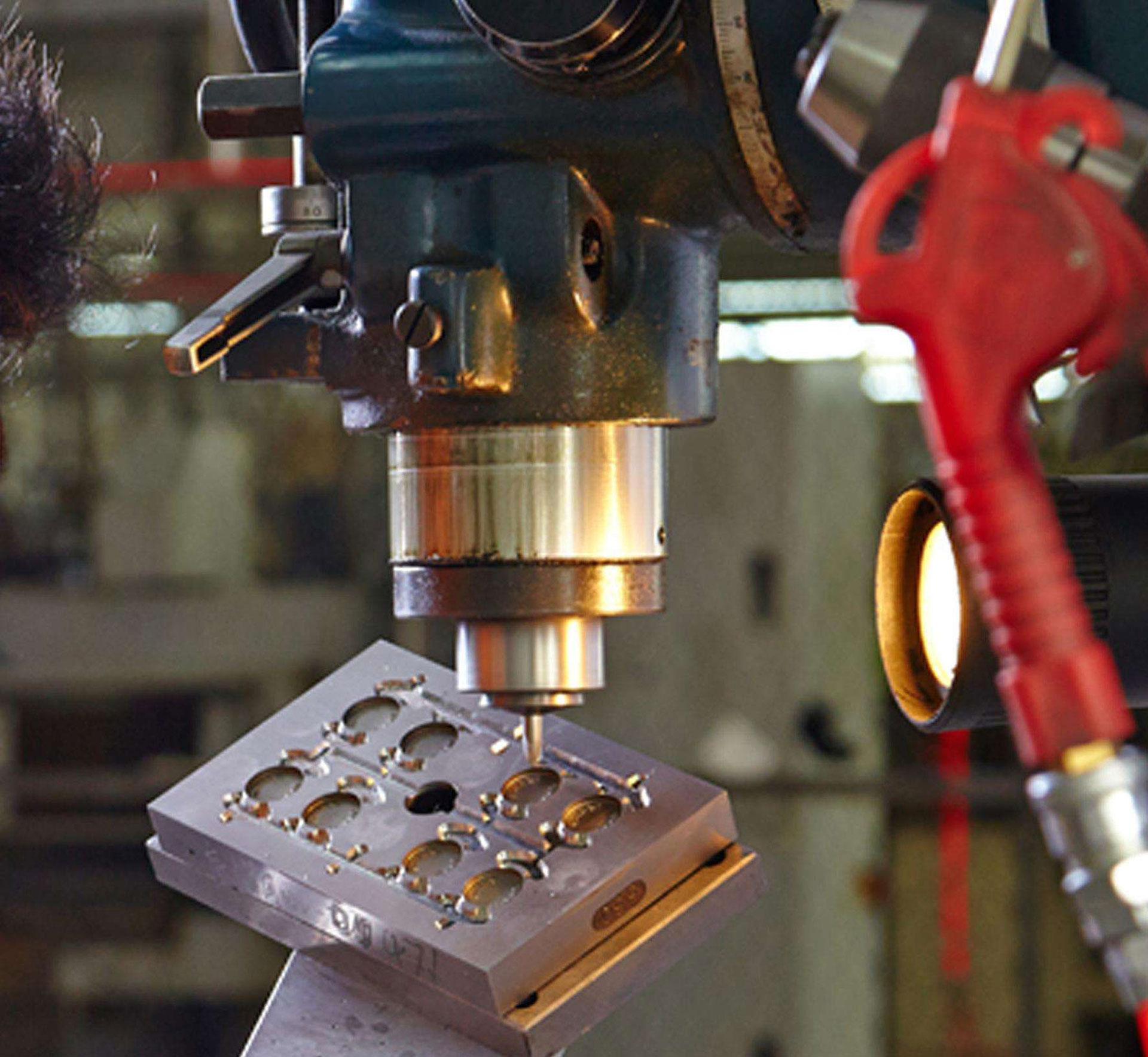The development trend of plastic mold processing technology
- (1) The increasing size of mold-forming parts and the high productivity of parts require a multi-cavity mold, which leads to the increasing size of molds. Large-tonnage large-scale molds can reach 100 tons, a mold with hundreds of cavities and thousands of cavities requires mold processing The equipment has a large workbench, increased y-axis and z-axis travel, large load bearing, high rigidity, and high consistency.
- (2) The die steel material processed by the die has high hardness, and the die processing equipment is required to have thermal stability and high reliability.
- (3) For complex cavity and multi-functional composite molds, with the complexity of the shape of the parts, it is necessary to improve the design and manufacturing level of the mold. A variety of grooves and materials are formed in a set of molds or assembled into components Multi-functional composite molds require a large amount of processing programming procedures, high comprehensive cutting ability and high stability of deep cavity, which increases the difficulty of processing.
- (4) The refinement of mold processing makes the compositeness and efficiency of processing equipment more attractive. High-speed milling has many advantages such as the ability to process high-hard materials, stable processing, low cutting force, and small deformation of workpiece heating, which has made mold companies pay more and more attention to high-speed machining.
- (5) High dynamic accuracy. The static performance introduced by the machine tool manufacturing enterprise cannot reflect the actual processing status when the mold is processed in the three-dimensional profile. The high-precision machining of the three-dimensional surface of the mold also puts forward the requirements of high dynamic accuracy performance. High speed and high precision can only be achieved with the high rigidity, thermal stability, high reliability and high quality control system of the machine tool.



